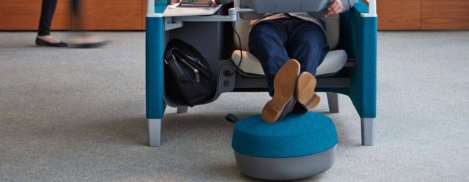July 3, 2015
One in five Americans would change jobs for better work-life balance
 More than half of US and Canadian employees report feeling overworked and burnt out (53 percent), yet the overwhelming majority (86 percent) say they are still happy at work. According to the inaugural Staples Advantage Workplace Index employees are working longer days, with about a quarter of them regularly working after the standard workday is done. A key motivator is to advance in the organization, with nearly two-thirds of respondents seeing themselves as managers in the next five years. Though employees are largely conditioned to working longer hours, about one in five do expect to change jobs in the next twelve months. Steps employers can take to improve happiness levels include; adding more office perks, improving office technology and providing a better office design. Alongside this, with employees working longer days and on weekends, the biggest request is for employers to provide more flexibility. More →
More than half of US and Canadian employees report feeling overworked and burnt out (53 percent), yet the overwhelming majority (86 percent) say they are still happy at work. According to the inaugural Staples Advantage Workplace Index employees are working longer days, with about a quarter of them regularly working after the standard workday is done. A key motivator is to advance in the organization, with nearly two-thirds of respondents seeing themselves as managers in the next five years. Though employees are largely conditioned to working longer hours, about one in five do expect to change jobs in the next twelve months. Steps employers can take to improve happiness levels include; adding more office perks, improving office technology and providing a better office design. Alongside this, with employees working longer days and on weekends, the biggest request is for employers to provide more flexibility. More →


































July 1, 2015
Three ways in which the business case for green building design is moving on
by Dan Callegari • Architecture, Comment, Environment, Facilities management, Workplace design
More →